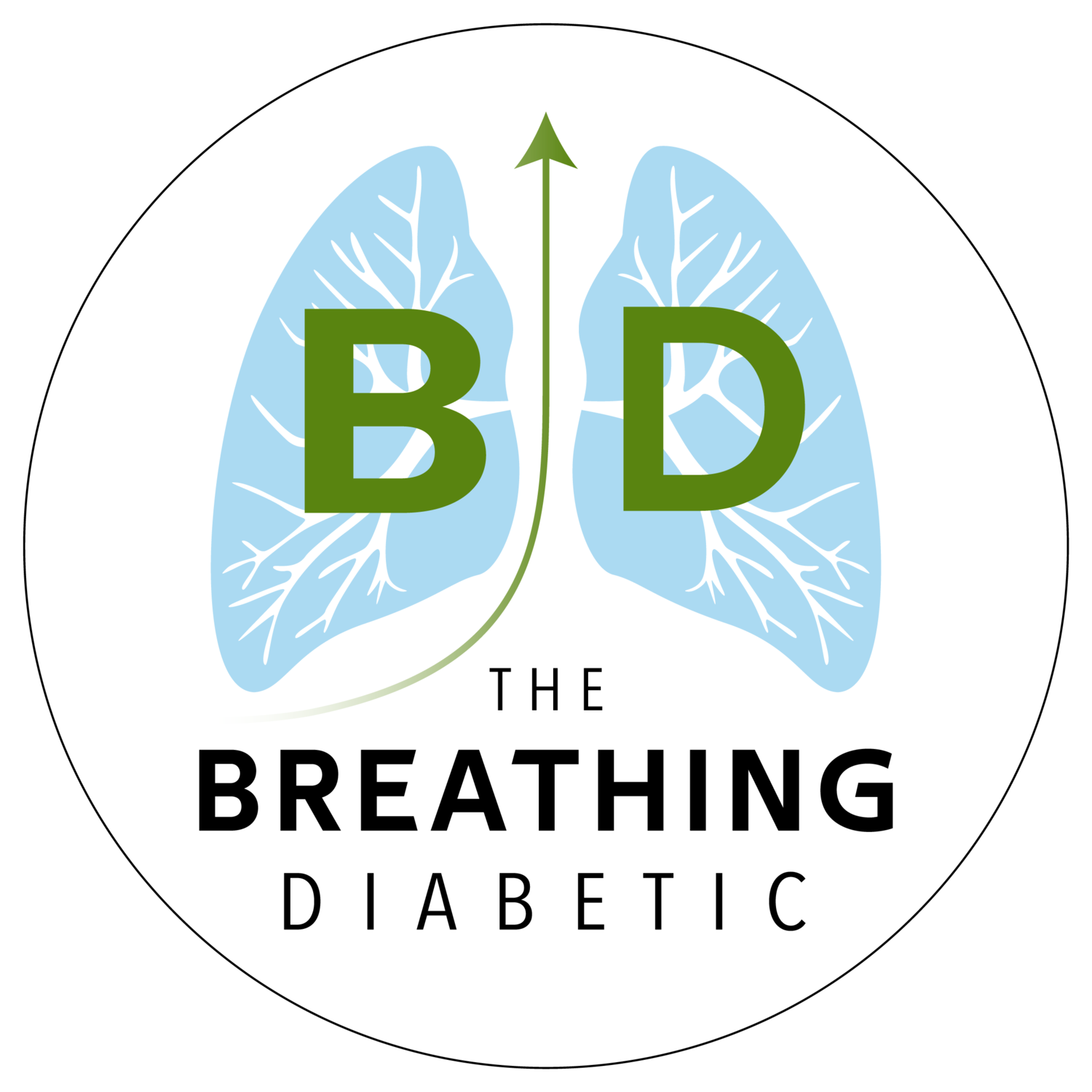Happy Easter! I hope you all enjoy the day with family & friends!
In last week’s newsletter, we discovered that slow breathing is beneficial for anxiety and panic disorder. We concluded that, because hyperventilation often causes or amplifies anxiety/panic, the goal is to not only breathe slowly, but to also breathe less. This week, I reviewed two papers showing how biofeedback can help us do just that:
Biofeedback improves panic disorder by reducing breathing rate and increasing CO2
More evidence that CO2 biofeedback reduces panic disorder through reducing breathing rate and volume (see below)
In both of these studies, patients were educated on the role of dysfunctional breathing in panic disorder. Then, they were given a CO2 monitor that they could watch while performing slow breathing exercises. They were advised to keep their CO levels in normal range (>35 mmHg) while breathing slowly.
Using this biofeedback approach, patients were able to achieve slow, light breathing fairly easily. And, it had amazing results. In the 2nd study, 62% of patients did not experience a panic attack 2 months after the breathing protocol ended. After a year, 96% felt they were “much improved” or “very much improved” based on the Clinical Global Impression Scale.
Interestingly, patients that showed no signs of breathing disorder at the start of the study improved just as much as those who did. Therefore, on top of the physiological effects of slow breathing, there are clearly positive psychological effects as well.
These results are pretty awesome. But, it’s not very practical to buy $1,000+ a device to monitor your CO2 while breathing slowly. In the coming weeks, I’ll be thinking of ways to do achieve this goal of breathing slower and less without the use of biofeedback. I’ll share what I come up with.
In good breath,
Nick
P.S. Feel free to respond directly to this email if you’d like more information or if you’d like to discuss any of these topics further.
Feedback of end-tidal pCO2 as a therapeutic approach for panic disorder - Meuret et al. (2008)
Key Points
Slow breathing with smaller volume can be achieved via CO2 feedback
Breathing training with CO2 feedback improves clinical outcomes in patients with panic disorder
After 1 year, 68% of patients had not experienced a panic attack since the training
The Breathing Diabetic Summary
This is a follow-on study to the Meuret et al. (2004) paper we recently reviewed. In that one, we heard a somewhat anecdotal account of how CO2-feedback training can increase resting CO2, reduce breathing volume, and reduce/eliminate panic attacks. Here, the authors present more data to support their breathing training protocol.
As a brief reminder, hyperventilation is a major component of panic disorder and breathing training generally leads to positive outcomes. However, most studies focus on breathing slower, not less. Carbon dioxide is rarely measured. And, as we’ve seen before, people often overcompensate when breathing slowly. Thus, they breathe slow, but they are still hyperventilating.
The aim of this study was to teach patients with panic disorder to breathe slowly and breathe less, with the overall goal of reducing the risk of hyperventilation-induced panic attacks.
They studied 37 patients with panic disorder. At the start of the study, 26 of them had low resting CO2 values (<35 mm Hg, which is considered hypocapnic), indicating that they were in a constant state of mild hyperventilation. They assigned 20 patients into their breathing training group and the other 17 into a “wait list” to serve as a control group.
They taught the breathing group about the role of breathing in panic disorder and helped them to notice their own problematic breathing patterns. Then, they hooked them up to a CO2 monitor so they could see how different breathing patterns affected CO2 levels. Once hooked up, they also showed them different ways to lower breathing rate while simultaneously increasing CO2. Finally, they were sent home with the CO2 device and instructed to practice 17 minutes of this breathing (low rate, high CO2) twice a day. They had a tape of different tones to guide their breathing toward slower rates. They started out at 13 breaths/min the first week, and then reduced to 11, 9, and finally 6 breaths/min in the final week of the treatment.
The results showed that patients were able to comply with the protocol fairly easily, with only 4 patients dropping out by the 1-year follow-up. Looking at the short-term results, the patients in the breathing group significantly reduced breathing rate, increased CO2, and reduced psychophysiological symptoms of panic, whereas the wait list group did not change. As the treatment progressed over time, CO2 levels increased to normal and breathing rate steadily declined. Anxiety and panic attacks also decreased.
At the 1-year follow-up, patients were experiencing significantly less panic attacks. In fact, 68% of them had not experienced a panic attack since the training. One interesting result was that the patients without any obvious breathing problems at the start of the study improved to the same degree as those with breathing disorders. Thus, there appears to be a psychological component to breathing exercises that helps with anxiety and panic. In my opinion, it’s likely the feeling of control over one’s emotions that accompanies breathing practices.
The authors believe that the breathing exercises also made the patients more resilient to changes in CO2, which would reduce any feelings of suffocation and reduce hyperventilation. Both of these would reduce risk of panic.
Overall, this study provides evidence that CO2 feedback can train patients to breathe slowly while also breathing less, allowing them to normalize CO2 levels. This leads to better physiological and mental resilience, and significantly less panic attacks. I believe CO2 feedback would be beneficial for many other disease states, and health in general, as taking “big breaths” is so commonly (and wrongly) advised. However, until CO2 devices are cheaper, my advice is to use Principle 1 to both reducing your breathing rate and breathing volume.
